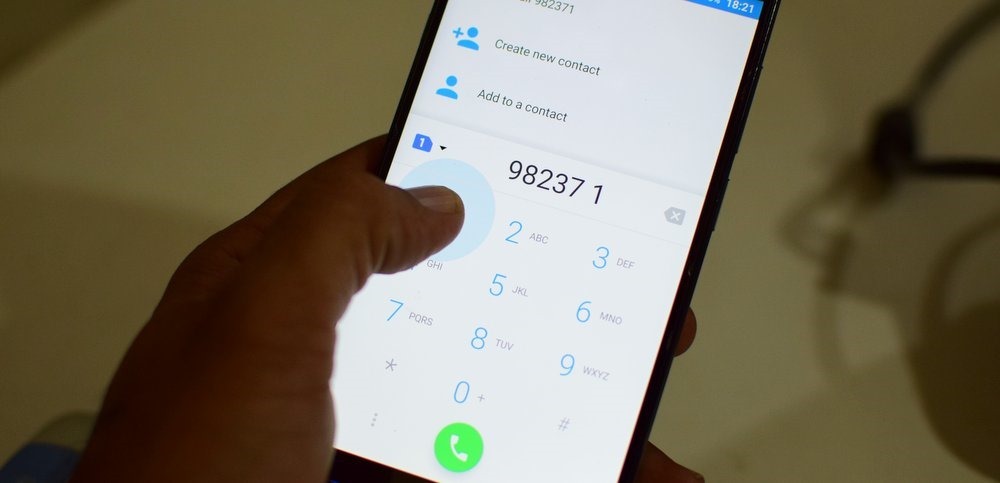Telcos Fooling Consumers By Masking Call Drops Using Radio-Link Tech; Will SC Take Action Now?

After Supreme Court quashed TRAI’s order regarding call drop compensation, consumers are now being fooled and taken for granted in a deceitful manner by telecom forms.
In a shocking revelation, it has been found that using a technology called ‘Radio-Link’, leading telecom companies are masking dropped calls and converting them into billable units, thereby hitting two stones with one single arrow: no complaint against drop calls, and more revenue from billing of those calls which shouldn’t have happened.
It’s certainly a master-stroke by the telecom firms, but at the cost of the ignorant customer.
The Modus Operandi
When a call drops, the connection simply terminates and the end user is aware about the situation. TRAI had asked telcos to compensate Re 1 for each such call drop as their inferior technology and network coverage is the reason behind the inconvenience faced by the consumer.
However, now, using Radio Link protocol, the dropped calls are being masked as regular calls, and thus the customer is being cheated royally.
Under Radio-Link technology, the end user will keep on seeing the call as connected, even if the call has been dropped (disconnected abruptly) due to poor network coverage.
The worst part is that, the end user won’t be able to understand whether the call has been disconnected or not, and will keep speaking. Only when he or she will stop hearing any voice from the other end, he will disconnect the call.
Now, technically, as the end user has disconnected the call, it won’t be categorized under dropped call and as the call is masked, the end user will keep speaking as if a normal call is in progress. This way, telecom firm will earn for few seconds (maybe a minute) before the call is disconnected.
An official source, who is involved with such testing done by telecom firms have said to PTI:
“Telecom operators are using Radio-Link Technology which is helping them mask call drops while the consumer is being billed for the time he is on the call, although it can be said to be artificially connected to a network,”
As per reports coming in, using such technology alone has enabled a boost in telecom firms’ revenues!
So, instead of paying for call drops, telecom firms are now earning from the ignorance of users, and by fooling them.
Will Supreme Court of India take action against the telecom firms now?
We will keep you updated as more details come in.
Related Stories on Call Drop:
Telcos Are Earning Rs 250 Cr a day, But Not Investing in Call Drop Reduction: TRAI
Telcos Must Pay For Call Drops – Delhi High Court; COAI Will Now Move To Supreme Court
Mobile Call Drops Increase Significantly to Nearly 25% in Q2’15: TRAI
Call Drops May Cost Telcos Rs. 54,000 Crore, Threaten Hike In Mobile Tariffs
Call Drops May Cost Telcos Rs. 54,000 Crore, Threaten Hike In Mobile Tariffs

The problem of closed hardware and closed telecom protocols, could be probably solved by enabling open radio chips in conjunction with the almost open microprocessor chips (Tizen, Android, ecosystem). Once radio chip is open hardware and standard firmware, the circumvention could be prevented at the firmware/telecom operating system.